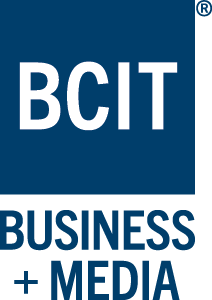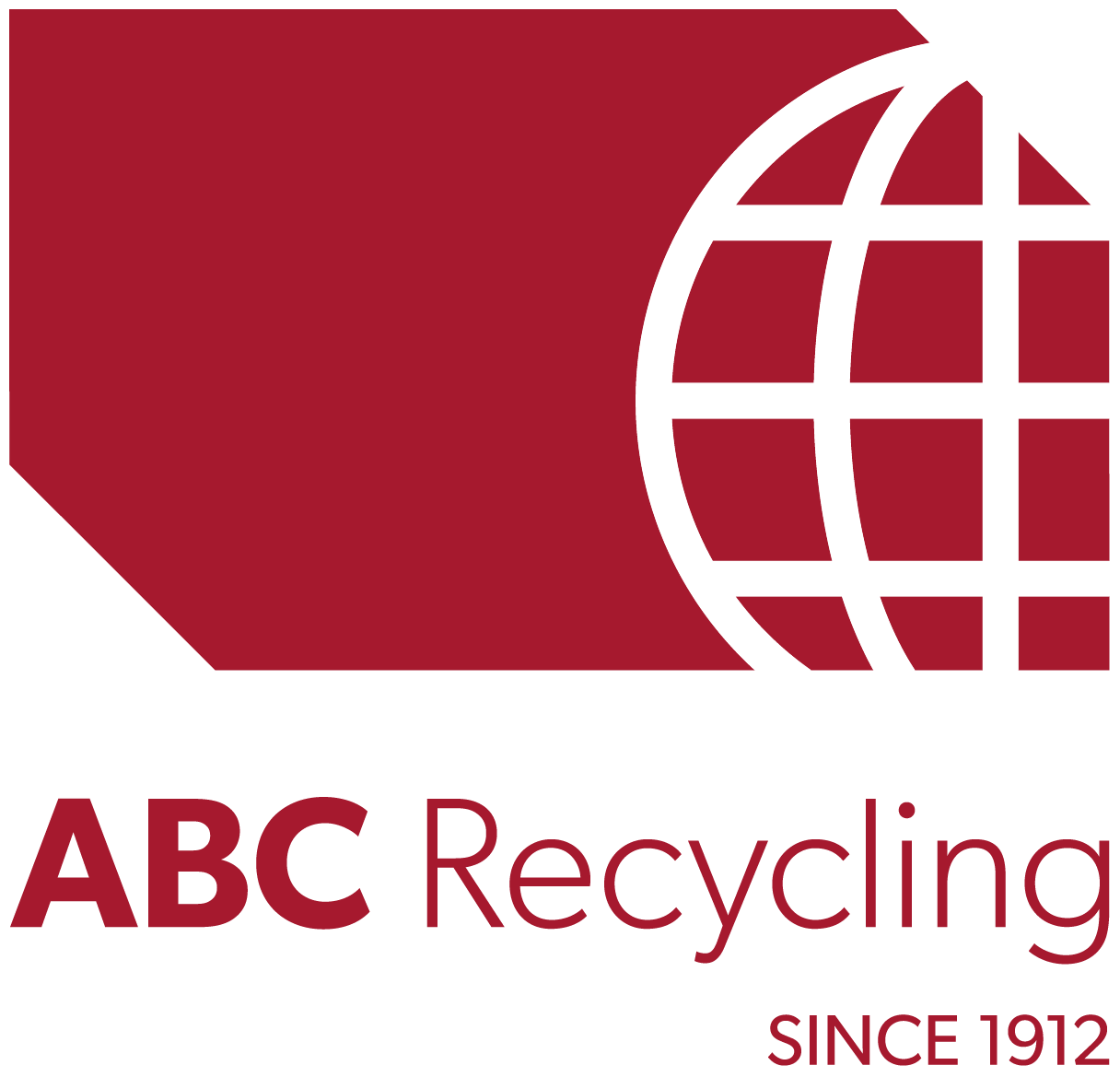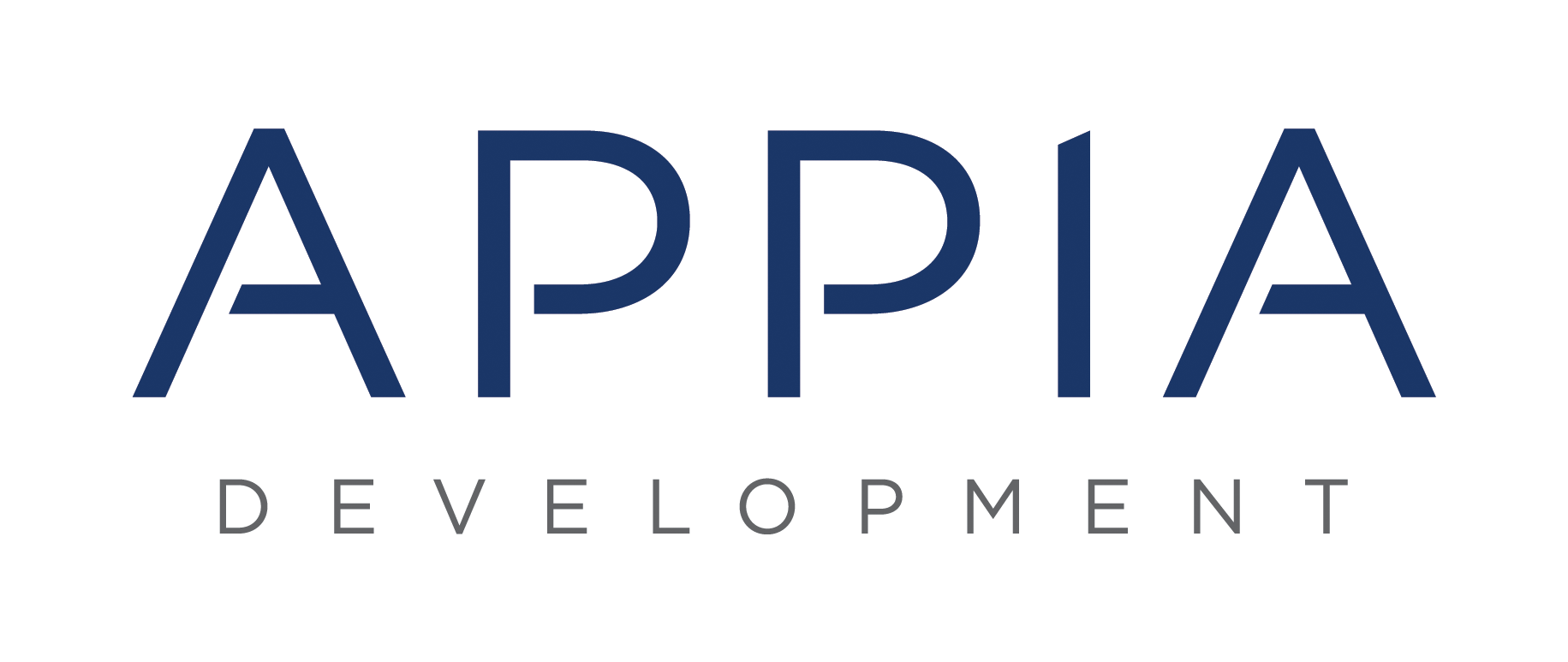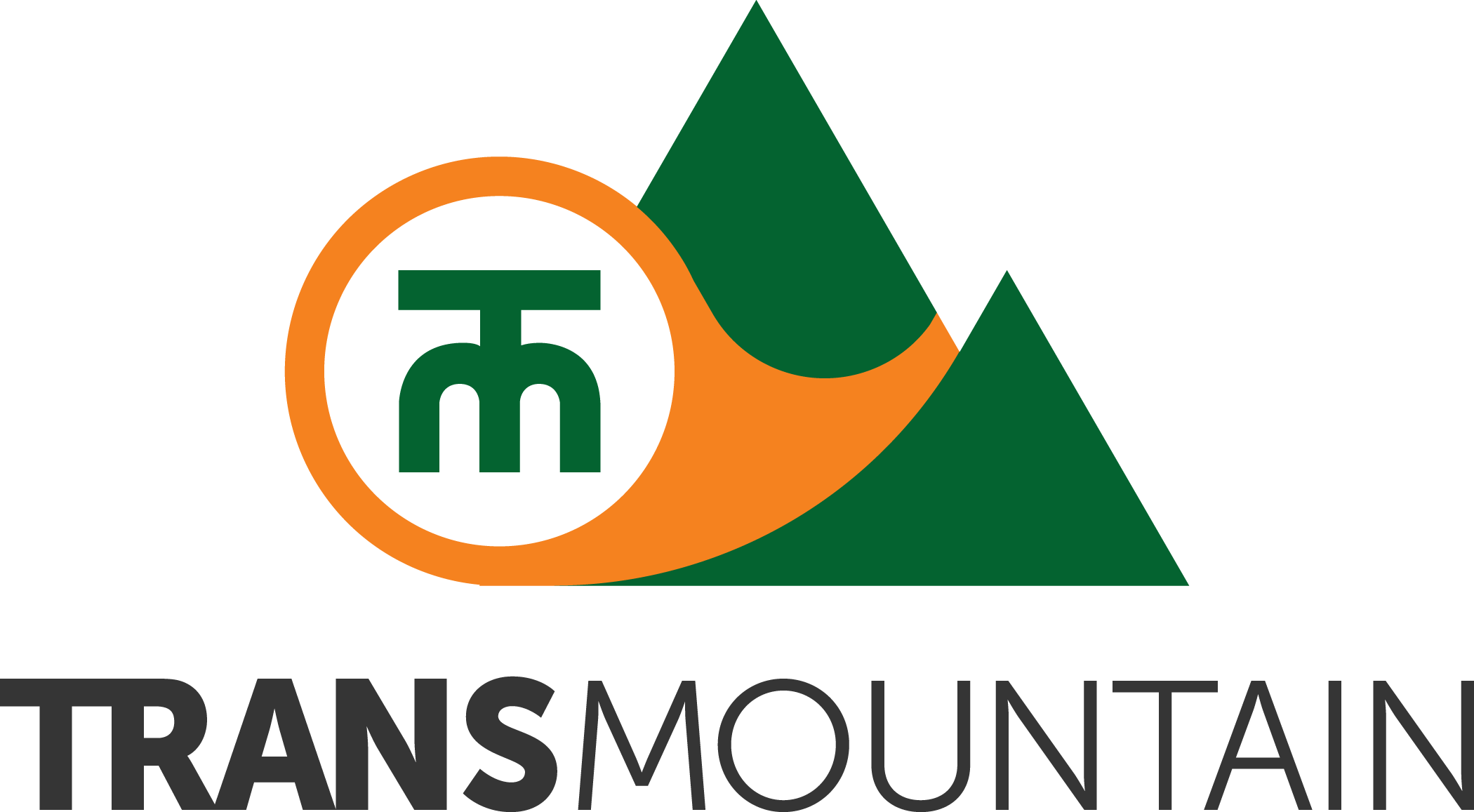Government Announced Substantial Employment Benefit Reforms; Extended CERB, 3 New Benefits, New EI System

August 20, 2020 – Today, the federal government announced substantial changes to the employment benefit system, including an extension to the CERB, 3 new benefit programs including one for the self-employed, and a expanded and relaxed EI program. These are significant changes, expected to cost more than $37 billion to the federal government.
Canada Emergency Response Benefit (CERB)
The federal government is extending the CERB by an additional 4 weeks, to a maximum of 28 weeks of support for workers out of work due to COVID-19. Read more about the CERB benefit here.
New Canada Recovery Benefit (CRB)
The new Canada Recovery Benefit would be effective from September 27, 2020 for one year and would provide a benefit amount of $400 per week for up to 26 weeks to workers who are not eligible for EI, mainly the self-employed and including those working in the gig economy. These individuals may still require income support if they continue to be unable to return to work due to COVID-19 or had their income reduced relative to pre-COVID-19 pandemic (attestation-based). Read more about the CRB here.
New Canada Recovery Sickness Benefit (CRSB)
The new Canada Recovery Sickness Benefit would provide $500 per week, for up to two weeks, effective September 27, 2020 for one year, for workers who are unable to work because they are sick or must self-isolate due to COVID-19. This new benefit is how the federal government will be providing two weeks of sick leave to all Canadians during COVID-19, and the Burnaby Board of Trade is pleased that this new sick leave benefit will be provided by government and not mandated on to employers to provide. Read more here.
The Canada Recovery Caregiving Benefit (CRCB)
The new Canada Recovery Caregiver Benefit, would be effective from September 27, 2020 for one year, and provide $500 per week, for up to 26 weeks per household to eligible Canadians where an individual in a household is unable to work for at least 60% of their normal hours because childcare or school closures mean they must watch children (under 12) or because day program or care facility closures mean they must care for a disabled or dependent family member at home. Read more here
Expanded Employment Insurance (EI) program
The EI program will be expanded to allow applicants to apply with a reduction in the number of hours of work required to qualify, and increased weekly benefit, and an extended program duration. Read more here.
Reduced Hours Needed for Eligibility
- Since some people may have had hours reduced to the point that they are ineligible to apply for EI this change will allow individuals to qualify with a minimum of 120 hours of work. This is being done by reducing the number of hours required and providing all claimants with a credit of 300 hours to boost their hours.
Increase Weekly Benefit
- New EI claimants as of September 27, 2020 will receive a minimum benefit rate of $400 per week (or $240 for extended parental benefits), if this is higher than what their benefits would otherwise be.
- The EI benefit rate is typically based on a worker’s average weekly earnings before their EI claim. However, the COVID-19 pandemic may have had a negative impact on a worker’s weekly earnings either because they lost their job or saw their hours of work reduced. The minimum benefit rate of $400 will reduce the negative impact on EI benefit rates for these workers.
Increased Duration of EI Benefits
- As part of these changes, the minimum duration of EI benefit payments will be increased to 26, with a maximum of 45. This increases the minimum duration from a previous minimum of 14 weeks.





















connect with us